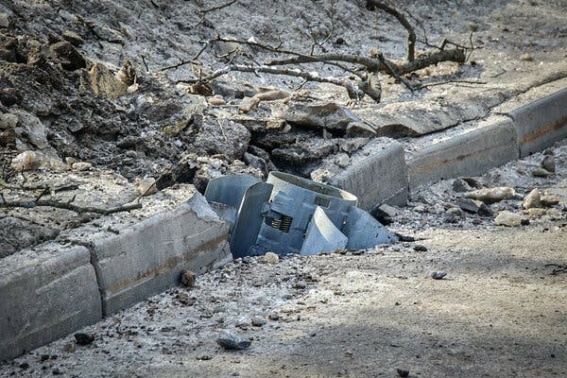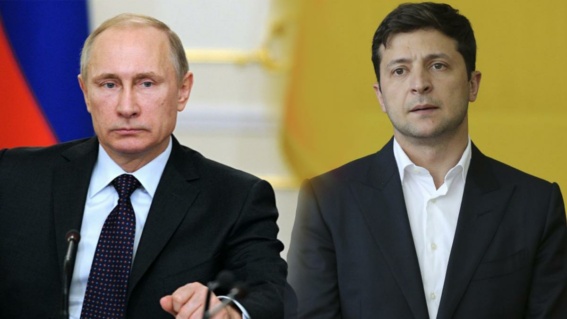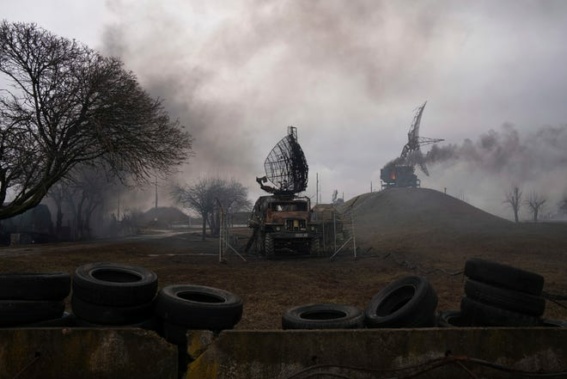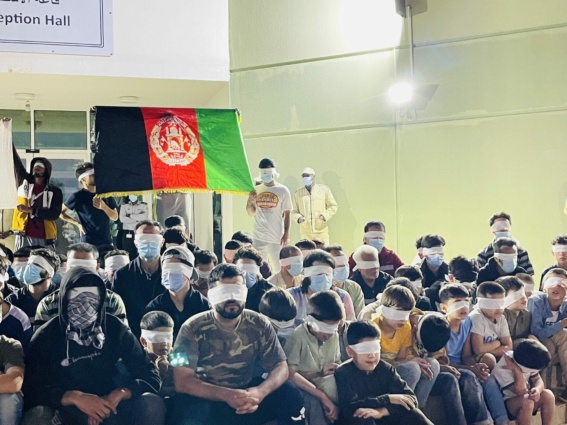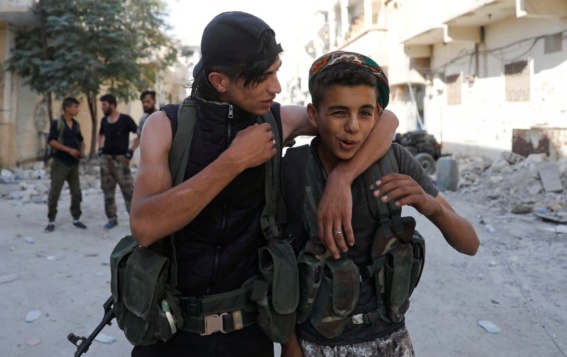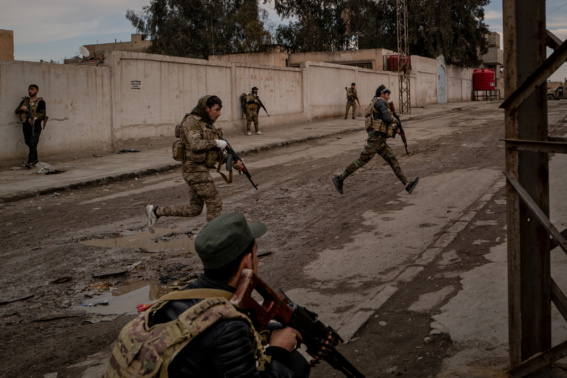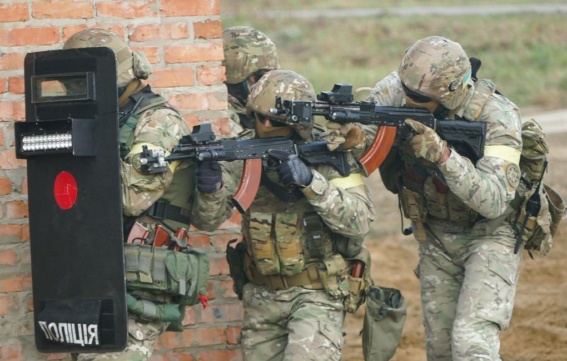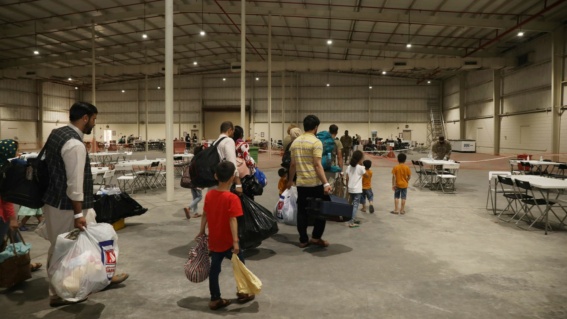Russian-Ukrainian tensions have persisted since February 2014 and have now escalated to war. Currently, U.S. troops located in Europe are on high alert as Russia moves further into Ukraine. Since the first day of attacks, Russian missiles have bombarded Ukrainian cities and military sites.
While attacks erupted in Kyiv, crowds of people flocked into trains and fled in their cars. President Biden has issued new sanctions towards Russia stating that President Putin has imposed this war and has set a dangerous precedent that nations can take what they want by force.
U.S Troops and NATO’s Mission
U.S. troops have several missions, but the primary message sent to Russia is to not attack NATO and their members, particularly those abutting Russia’s eastern border. Some NATO members stated that they have a bad history with Russia and wanted reassurances.
The U.S. and other members of NATO have sent forces, troops, helicopters and equipment to the Baltics, Poland, Romania, and many other eastern European members of the NATO alliance.
Some U.S. troops in Poland may help with the refugees migrating from Ukraine into Poland. Recently, NATO had an urgent meeting to organize forces in eastern Europe to prevent Russia from trying to move beyond Ukraine. There is also an appeal from the Baltics’ government to help arm Ukrainian forces so they can defend themselves.
President Biden’s Decision
President Biden concluded that the U.S. is not going to engage in war with Russia or place military troops on the ground in Ukraine. Ukraine is in a very challenging situation, given that their military is smaller than Russia’s and that currently the U.S. and NATO members are not planning on sending military forces to assist.
Ultimately, the conflict has persisted and continues to escalate. However, it is possible that Ukraine could efficiently combat Russia, depending on where Russia deploys military troops and how much territory it attempts to control. Currently, it is unclear if Russia could successfully occupy or control large amounts of the Ukrainian population and territory without significant retaliation.
The Impact of Russia’s Invasion
One of the largest attacks by Russia thus far has left at least nine people dead and dozens of children injured after a Ukrainian school was destroyed. Missile fragments left at the scene of the attack left a clear mark that Russia was behind the senseless attack. Even worse, after further analysis it was discovered that the attack was actually the result of a cluster munition, which is a banned weapon by 110 countries.
Russian forces have intentionally targeted civilians all the while negotiating peace talks. Ultimately, this conflict is leaving Ukraine on the verge of a significant humanitarian crisis.
The Ukrainian Military
The Ukrainian Army and Air Force have put up a strong resistance and continue to slow down Russia’s advances. The U.S. has indicated that the Russian government is growing increasingly frustrated by their lack of progress. The Ukrainian military has demonstrated that it will not backdown without a fight and can be effective against Russian troops.
Ultimately, Ukrainians have demonstrated their courage by calling up their military reserves and citizens volunteering to take up arms in the fight against Russia. Ukrainian citizens have displayed a unified and brave front as they fervently defend their homeland.
Mildred Miranda, Counter-Terrorism Research Fellow

